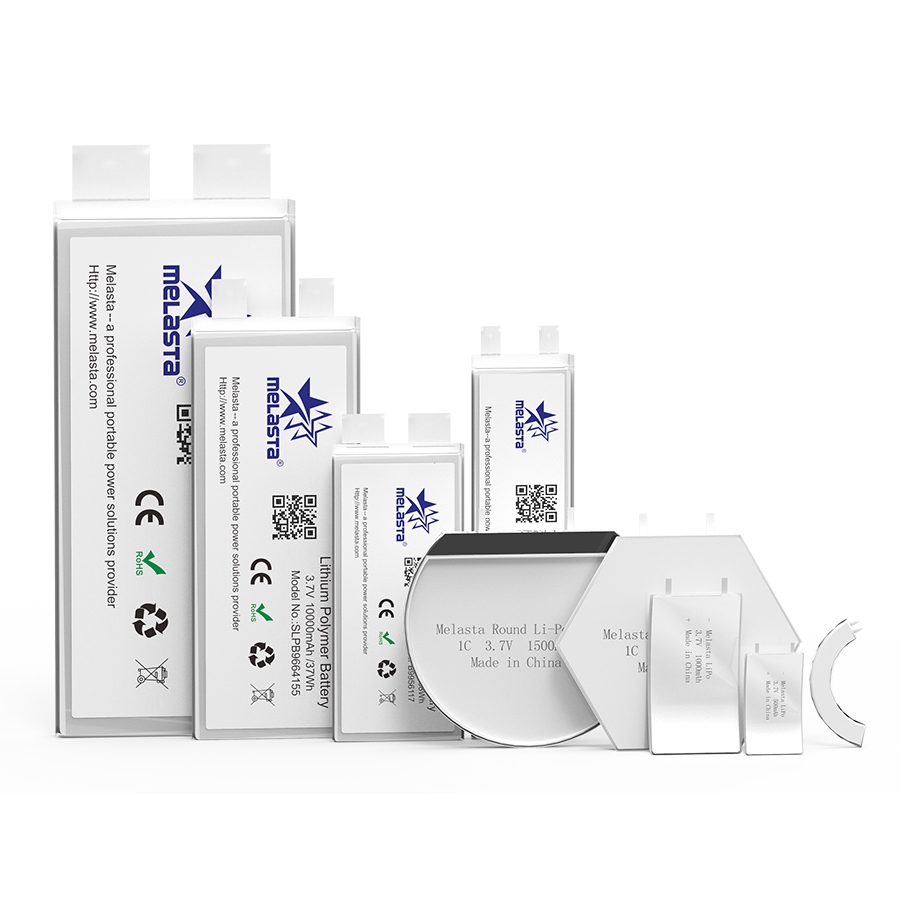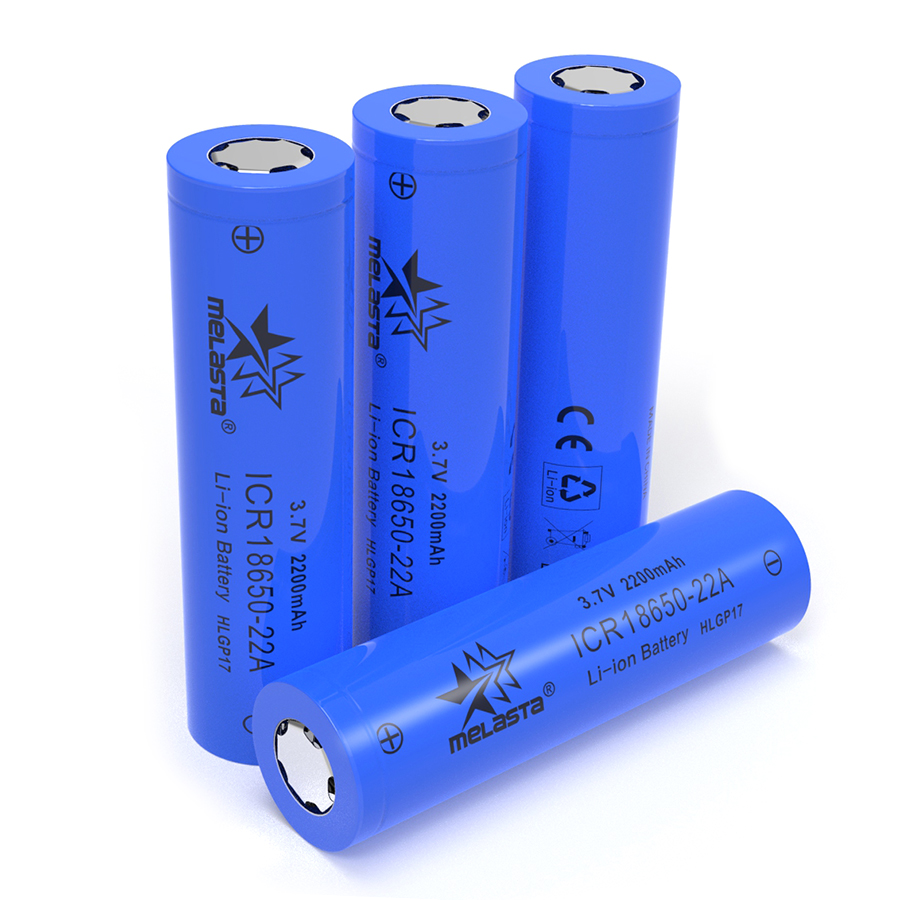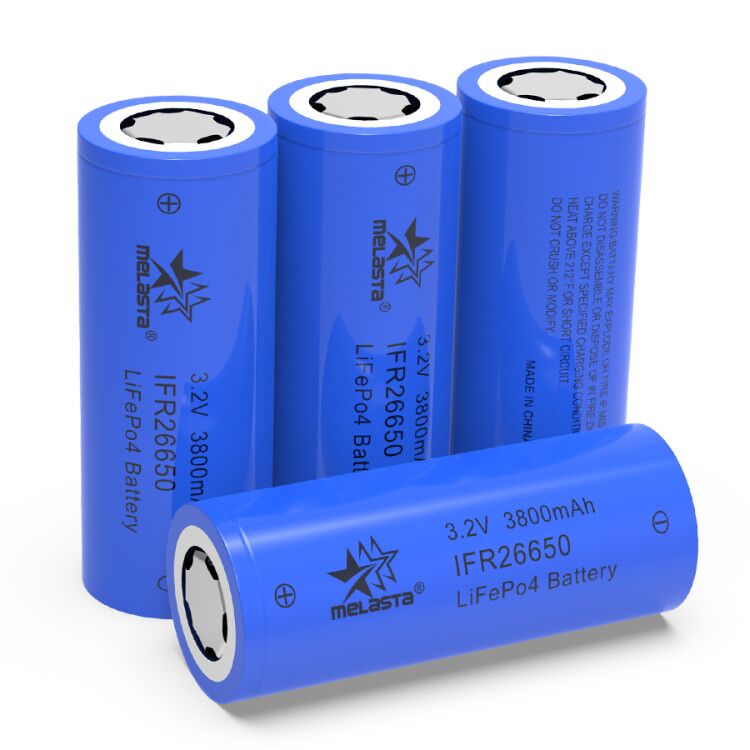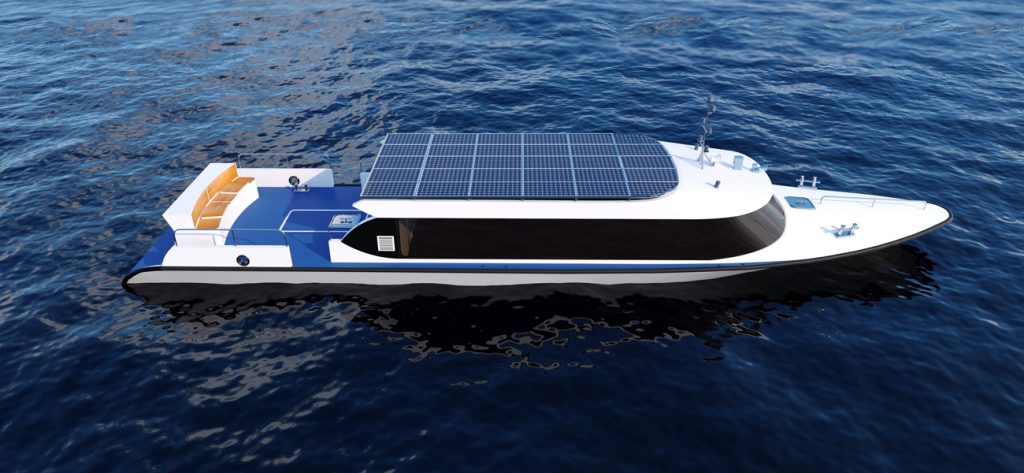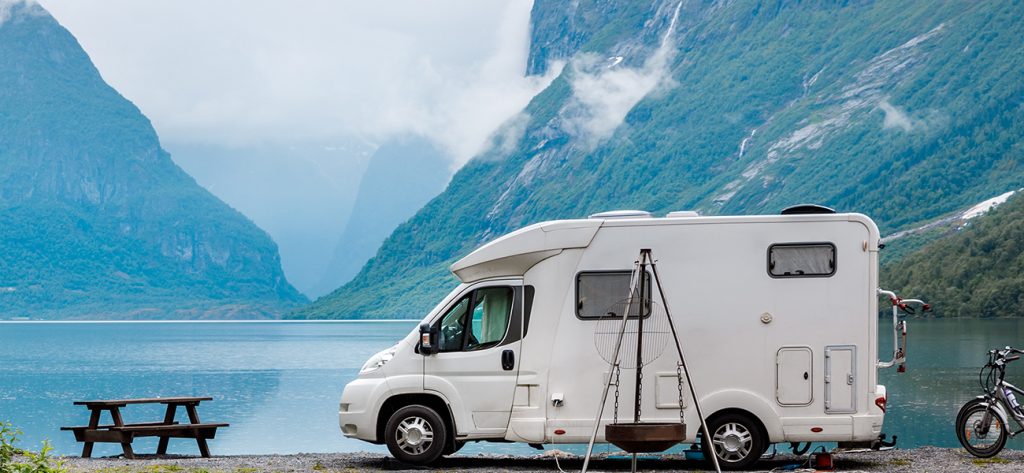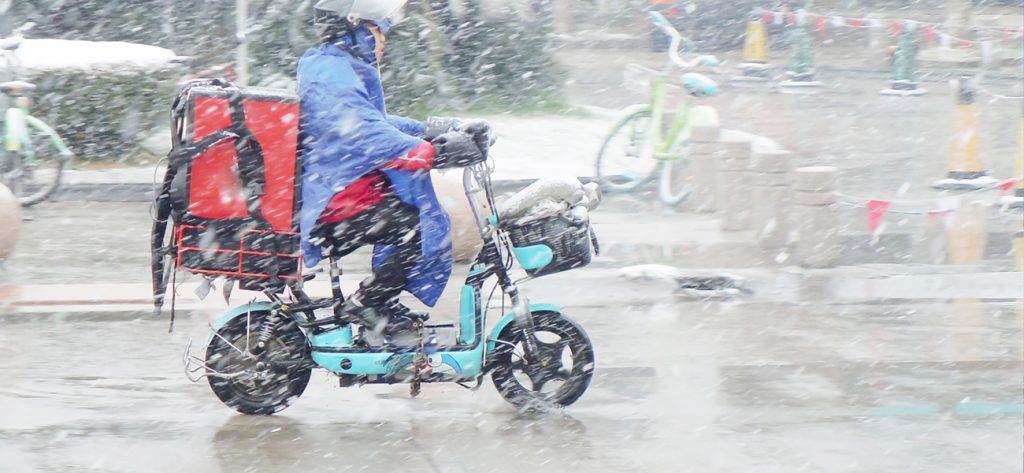리튬 이온(리튬 이온) 배터리 셀
Li-ion batteries have multiple chemistries such as Nickel Manganese Cobalt (NCM), Lithium Cobalt Oxide (LiCoO2), and Lithium Ion Manganese Oxide (LiMnO2). Mostly these batteries are available in standard size which is 18650. These batteries are commonly used in laptops, power tools, robots and specially in electric vehicles. With the use of different advanced technologies these batteries are becoming safer. The nominal Voltage of these battery cells are 3.6, 3.7, and sometimes 3.65 volts.
Available Lithium Ion Battery Chemistries
Melasta uses different chemistries according to the customer demand for Lithium Ion Cells production. We always strive for the best quality by using the international quality standards.
LiCoO2 – Lithium Cobalt Oxide
This chemistry is popular choice for laptops, mobile phones, and digital camera and e-bikes due its high specific energy property. This battery made of graphite carbon as anode and cobalt oxide as cathode. Cobalt is the active material which gives properties to the battery.
LiMnO2 – Lithium Ion Manganese Oxide
LiMnO2 battery is known for the characteristics such as fast charging and high current discharging with moderate heat buildup. These batteries can be discharge at 20-30A with very normal thermal buildup. it may discharge at 50A pulse load but it depends on the other specifications as well. These batteries are the best choice for power tools, medical equipment’s, RC toys, Hybrid cars, and electric vehicles.
NCM – Nickel Manganese Cobalt
This Chemistry is the combination of nickel-manganese-cobalt. These batteries can be customized either as power cells or as energy cells. NMC is the popular choice for power tools, e-bikes, and other electric power trains. Because of the combination of blended li-ion and NMC can reduce the cost and make the battery cost effective with very good performance.
Melasta Lithium Ion Battery Unique Features
Research and Development department has enabled Melasta to produce high quality. Light weight and more power cells in cylindrical shape. We have developed different sizes in cylindrical shape according to the customer demand.
| 1. High Discharge Current | 6. Low Self-Discharge |
| 2. High Reliability | 7. High Energy Density |
| 3. High Capacity | 8. Various Shapes |
| 4. Longer Life Cycles | 9. No Memory Effect |
| 5. High Safety | 10. Low Impedance And Heat Generation |
Lithium Ion Battery Application
- Medical Devices
- Portable Power Generators
- Robotics Battery
- Electric Bike Battery
- Mobile Phone Battery
- 노트북 배터리
- Industrial Application
- Advanced Agriculture Equipment’s
Regular Type Lithium Ion Battery
| Item No. | Cell Model | Nominal Voltage (V) | Nominal Capacity (mAh) | Dimensions(mm) | Standard Charge Rate(C) | Fast Charge Rate(C) | Max Cont. Dis. Rate(C) | Pulse Dis. Current | Charge Cut-off Vol(V) | Dis. Cut-off Vole(V) | |
| Diameter | Height | ||||||||||
| 1 | ICR14430E-500 | 3.6 | 500 | 14.5 | 43.5 | 0.5 | 1 | 1 | 3 | 4.2 | 3 |
| 2 | ICR14430E-650 | 3.6 | 650 | 14.5 | 43.5 | 0.5 | 1 | 1 | 3 | 4.2 | 3 |
| 3 | ICR14450E-700 | 3.6 | 700 | 14.5 | 45.5 | 0.5 | 1 | 1 | 3 | 4.2 | 3 |
| 4 | ICR14500E-650 | 3.6 | 650 | 14.5 | 50.5 | 0.5 | 1 | 1 | 3 | 4.2 | 3 |
| 5 | ICR14500E-800 | 3.6 | 800 | 14.5 | 50.5 | 0.5 | 1 | 1 | 3 | 4.2 | 3 |
| 6 | ICR18500E-1900 | 3.6 | 1900 | 18.5 | 50.5 | 0.5 | 1 | 1 | 3 | 4.2 | 3 |
| 7 | ICR18650E-2000 | 3.6 | 2100 | 18.15 | 65.2 | 0.5 | 1 | 1 | 3 | 4.2 | 3 |
| 8 | ICR18650E-2200 | 3.6 | 2200 | 18.15 | 65.2 | 0.5 | 1 | 1 | 3 | 4.2 | 3 |
| 9 | ICR18650E-2500 | 3.6 | 2500 | 18.35 | 65.2 | 0.5 | 1 | 1 | 3 | 4.2 | 3 |
| 10 | ICR18650E-2600 | 3.6 | 2600 | 18.35 | 65.2 | 0.5 | 1 | 1 | 3 | 4.2 | 3 |
| 11 | ICR18650E-2900 | 3.6 | 2900 | 18.35 | 65.2 | 0.5 | 1 | 1 | 3 | 4.2 | 3 |
| 12 | ICR18650E-3350 | 3.6 | 3350 | 18.35 | 65.2 | 0.5 | 1 | 1 | 3 | 4.2 | 3 |
| 13 | ICR26650E-2900 | 3.6 | 2900 | 26.15 | 65.6 | 0.5 | 1 | 1 | 3 | 4.2 | 3 |
| 14 | ICR26650E-3350 | 3.6 | 3350 | 26.15 | 65.6 | 0.5 | 1 | 1 | 3 | 4.2 | 3 |
| 15 | ICR26650E-4500 | 3.6 | 4500 | 26.15 | 65.6 | 0.5 | 1 | 1 | 3 | 4.2 | 3 |
| 16 | ICR26650E-5000 | 3.6 | 5000 | 26.15 | 65.6 | 0.5 | 1 | 1 | 3 | 4.2 | 3 |
| 17 | ICR26650E-5500 | 3.6 | 5500 | 26.15 | 65.6 | 0.5 | 1 | 1 | 3 | 4.2 | 3 |
| 18 | ICR21700E-4000 | 3.6 | 4500 | 21.5 | 70.5 | 0.5 | 1 | 1 | 3 | 4.2 | 3 |
| 19 | ICR21700E-4200 | 3.6 | 4500 | 21.5 | 70.5 | 0.5 | 1 | 1 | 3 | 4.2 | 3 |
| 20 | ICR21700E-4500 | 3.6 | 4500 | 21.5 | 70.5 | 0.5 | 1 | 1 | 3 | 4.2 | 3 |
| 21 | ICR21700E-4800 | 3.6 | 4800 | 21.5 | 70.5 | 0.5 | 1 | 1 | 3 | 4.2 | 3 |
| High Drain Lithium Ion Battery Cell | |||||||||||
| Item No. | Cell Model | Nominal Voltage (V) | Nominal Capacity (mAh) | Dimensions(mm) | Standard Charge Rate(C) | Fast Charge Rate(C) | Max Continuous Discharge Rate(C) | Pulse Discharge Current | Charge Cut-off Voltage(V) | Discharge Cut-off Voltage(V) | |
| Diameter | Height | ||||||||||
| 1 | ICR18500HP-1100 | 3.6 | 1100 | 18.5 | 50.5 | 0.5 | 1 | 10 | 15 | 4.2 | 3 |
| 2 | ICR18650P-2000 | 3.6 | 2000 | 18.15 | 65.3 | 0.5 | 1 | 5 | 8 | 4.2 | 3 |
| 3 | ICR18650HP-2000 | 3.6 | 2000 | 18.15 | 65.3 | 0.5 | 1 | 10 | 15 | 4.2 | 3 |
| 4 | ICR18650UP-2000 | 3.6 | 2000 | 18.15 | 65.3 | 0.5 | 1 | 15 | 20 | 4.2 | 3 |
| 5 | ICR18650P-2200 | 3.6 | 2200 | 18.15 | 65.3 | 0.5 | 1 | 3 | 5 | 4.2 | 3 |
| 6 | ICR18650P-2500 | 3.6 | 2500 | 18.15 | 65.3 | 0.5 | 1 | 5 | 8 | 4.2 | 3 |
| 7 | ICR26650P-4500 | 3.6 | 4500 | 26.15 | 65.6 | 0.5 | 1 | 3 | 5 | 4.2 | 3 |
리튬 인산철(LiFePO4) 원통형 전지
LiFePO4 Chemistry
LiFePO4 is the formula name of Lithium Iron Phosphate, also known as LFP. The nominal voltages of this battery chemistry are 3.2V. It replaced other battery technologies because of its technological advancement and safety features. This latest technology is being used in a number of application from small devices consumer devices to heavy duty industrial machines. These cells have high density and light weight which enable this technology to use in multiple devices.Lithium Iron Phosphate Cylindrical Cells
Cylindrical cells one of the most widely used lithium ion battery shapes due to ease to use and good mechanical stability. The tubular cylindrical shape can withstand high internal pressures without collapsing. Melasta produces multiple sizes and capacities according to the customer requirement. These cells are mostly used in Electrical vehicles such as golf cart and in power tools.
Salient Features of Melasta LiFePO4 Battery
Melasta is one of the main producer and supplier for LiFePO4 batteries in China. Our batteries have the features due to our superior technologies and state of the art manufacturing facilities and investment on research and development.
- Very long cycle life
Melasta LiFePO4 battery has very long lifespan due to its superior performance, and proven quality. it provides more than 2500 life cycles with 80% Depth of Discharge (DOD)at 25℃ temperature.
- Light Weight
These batteries are very light weight as compared to the Lead-acid batteries and all other old technologies. Due to this property these batteries are popular batteries in e-mobility industry to outperform the old technologies such as lead-acid batteries.
- Environment Friendly
Melasta uses high quality material for battery production. These LiFePO4 cells do not contain any hazardous material so these are fully environment friendly and recyclable.
- Wide Temperature Range -10℃~to 60℃
Operational temperature range is very wide it operates on extreme temperatures. The normal operational temperature range is from -10℃ to +60℃. These cells are also used as starter batteries in extremely cold temperatures.
- Very Low Internal Resistance
These batteries have very low internal resistance which is very favorable for its safety. It delivers high current on demand and keep the battery temperature at normal level.
- Maintenance Free
Normally old technology batteries such as lead-acid batteries required regular maintenance which increases the over cost of the battery system. Melasta Lithium Iron Phosphate Battery out performs the lead acid battery and provides the maintenance free solution.
Low Temperature Lithium Iron Phosphate (LiFePO4) Cell Technology
- Stable discharging current at Low- temperature
2.Suitable cells for military equipment, aerospace industry, and IoT Devices in freezing weather
- Can be used 70% of initial capacity at -20℃
- Highest Safety Standards
- Applications: Scientific investigations into polar regions, electrical-power telecommunication, AGVs, RVs, and electric ice augers.
LiFePO4 Battery Applications
- Recreational Vehicles
- 골프 카트 배터리
- Special Medical Equipments
- Energy Storage Systems
- Electric Mobility
6.Telecommunication
- Electric Boats
- UPS System
Regular Type Cylindrical LiFePO4 Battery
| Sr No. | Cell Model | Nominal Vol. (V) | Nominal Capacity (mAh) | Dimensions(mm) | Standard Charge Rate(C) | Fast Charge Rate(C) | Max Con. Dis. Rate(C) | Pulse Dis. Rate(C) | Charge Cut-off Vol. (V) | Dis. Cut-off Vol.(V) | 무게 approx.(g) | |
| Diameter | Height | |||||||||||
| 1 | IFR10130E-30 | 3.2 | 30 | 10.3 | 13.2 | 0.5 | 1 | 1 | 3 | 3.65 | 2.0 | 5 |
| 2 | IFR10440E-200 | 3.2 | 200 | 10.3 | 44.2 | 0.5 | 1 | 1 | 3 | 3.65 | 2.0 | 7 |
| 3 | IFR14430E-250 | 3.2 | 250 | 14.2 | 43.3 | 0.5 | 1 | 1 | 3 | 3.65 | 2.0 | 11 |
| 4 | IFR14500E-250 | 3.2 | 250 | 14.2 | 50.2 | 0.5 | 1 | 1 | 3 | 3.65 | 2.0 | 14 |
| 5 | IFR14430E-300 | 3.2 | 300 | 14.2 | 43.3 | 0.5 | 1 | 1 | 3 | 3.65 | 2.0 | 12 |
| 6 | IFR16340E-300 | 3.2 | 300 | 16.2 | 34.2 | 0.5 | 1 | 1 | 3 | 3.65 | 2.0 | 13.5 |
| 7 | IFR16340E-400 | 3.2 | 400 | 16.2 | 34.2 | 0.5 | 1 | 1 | 3 | 3.65 | 2.0 | 15 |
| 8 | IFR14430E-400 | 3.2 | 400 | 14.2 | 43.3 | 0.5 | 1 | 1 | 3 | 3.65 | 2.0 | 13 |
| 9 | IFR14500E-400 | 3.2 | 400 | 14.2 | 50.2 | 0.5 | 1 | 1 | 3 | 3.65 | 2.0 | 15.5 |
| 10 | IFR14500E-500 | 3.2 | 500 | 14.2 | 50.2 | 0.5 | 1 | 1 | 3 | 3.65 | 2.0 | 16 |
| 11 | IFR14500E-600 | 3.2 | 600 | 14.2 | 50.2 | 0.5 | 1 | 1 | 3 | 3.65 | 2.0 | 18 |
| 12 | IFR18500E-600 | 3.2 | 600 | 18.5 | 50.2 | 0.5 | 1 | 1 | 3 | 3.65 | 2.0 | 26 |
| 13 | IFR18500E-750 | 3.2 | 750 | 18.5 | 50.2 | 0.5 | 1 | 1 | 3 | 3.65 | 2.0 | 28 |
| 14 | IFR18500E-900 | 3.2 | 900 | 18.5 | 50.2 | 0.5 | 1 | 1 | 3 | 3.65 | 2.0 | 30 |
| 15 | IFR18500E-1000 | 3.2 | 1000 | 18.5 | 50.2 | 0.5 | 1 | 1 | 3 | 3.65 | 2.0 | 32 |
| 16 | IFR22430E-1100 | 3.2 | 1100 | 22.5 | 43.3 | 0.5 | 1 | 1 | 3 | 3.65 | 2.0 | 45 |
| 17 | IFR22430E-1200 | 3.2 | 1200 | 22.5 | 43.3 | 0.5 | 1 | 1 | 3 | 3.65 | 2.0 | 47 |
| 18 | IFR18650E-1400 | 3.2 | 1400 | 18.5 | 65.3 | 0.5 | 1 | 1 | 3 | 3.65 | 2.0 | 42 |
| 19 | IFR18650E-1500 | 3.2 | 1500 | 18.5 | 65.3 | 0.5 | 1 | 1 | 3 | 3.65 | 2.0 | 42 |
| 20 | IFR18650E-1600 | 3.2 | 1600 | 18.5 | 65.3 | 0.5 | 1 | 1 | 3 | 3.65 | 2.0 | 40 |
| 21 | IFR18650E-1800 | 3.2 | 1800 | 18.5 | 65.3 | 0.5 | 1 | 1 | 3 | 3.65 | 2.0 | 41 |
| 22 | IFR22650E-1800 | 3.2 | 1800 | 22.5 | 65.3 | 0.5 | 1 | 1 | 3 | 3.65 | 2.0 | 60 |
| 23 | IFR22650E-1900 | 3.2 | 1900 | 22.5 | 65.3 | 0.5 | 1 | 1 | 3 | 3.65 | 2.0 | 62 |
| 24 | IFR26430E-1900 | 3.2 | 1900 | 26.5 | 43.3 | 0.5 | 1 | 1 | 3 | 3.65 | 2.0 | 54 |
| 25 | IFR22650E-2000 | 3.2 | 2000 | 22.5 | 65.3 | 0.5 | 1 | 1 | 3 | 3.65 | 2.0 | 63 |
| 26 | IFR26430E-2000 | 3.2 | 2000 | 26.5 | 43.3 | 0.5 | 1 | 1 | 3 | 3.65 | 2.0 | 56 |
| 27 | IFR26650E-3000 | 3.2 | 3000 | 26.15 | 65.6 | 0.5 | 1 | 1 | 3 | 3.65 | 2.0 | 84 |
| 28 | IFR26650E-3200 | 3.2 | 3200 | 26.15 | 65.6 | 0.5 | 1 | 1 | 3 | 3.65 | 2.0 | 84 |
| 29 | IFR26650E-3300 | 3.2 | 3300 | 26.2 | 65.6 | 0.5 | 1 | 3 | 8 | 3.65 | 2.0 | 84 |
| 30 | IFR26650E-3400 | 3.2 | 3400 | 26.2 | 65.6 | 0.5 | 1 | 3 | 5 | 3.65 | 2.0 | 84 |
| 31 | IFR26650E-3600 | 3.2 | 3600 | 26.15 | 65.6 | 0.5 | 1 | 3 | 5 | 3.65 | 2.0 | 85 |
| 32 | IFR26650E-3800 | 3.2 | 3800 | 26.15 | 65.6 | 0.5 | 1 | 1 | 3 | 3.65 | 2.0 | 85 |
| High Drain Type Cylindrical LiFePO4 Battery | ||||||||||||
| Sr No. | Cell Model | Nominal Vol. (V) | Nominal Capacity (mAh) | Dimensions(mm) | Standard Charge Rate(C) | Fast Charge Rate(C) | Max Continuous Dis. Rate(C) | Pulse Dis. Current | Charge Cut-off Vol.(V) | Dis. Cut-off Vol.(V) | 무게 approx.(g) | |
| Diameter | Height | |||||||||||
| 1 | IFR18500P-800 | 3.2 | 800 | 18.5 | 50.2 | 1 | 2 | 10 | 12A ≤ 1S | 3.65 | 2.0 | 26 |
| 2 | IFR18500P-900 | 3.2 | 900 | 18.5 | 50.2 | 1 | 2 | 10 | 13.5A ≤ 1S | 3.65 | 2.0 | 28 |
| 3 | IFR22430P-950 | 3.2 | 950 | 22.5 | 43.3 | 1 | 2 | 10 | 14.25A ≤ 1S | 3.65 | 2.0 | 45 |
| 4 | IFR18650P-1100 | 3.2 | 1100 | 18.35 | 65.5 | 2 | 5 | 30 | 40A ≤ 5S | 3.65 | 2.0 | 41 |
| 5 | IFR18650P-1400 | 3.2 | 1400 | 18.35 | 66.3 | 1 | 3 | 10 | 21A ≤ 5S | 3.65 | 2.0 | 40 |
| 6 | IFR22650P-1600 | 3.2 | 1600 | 22.5 | 65.3 | 1 | 3 | 10 | 24A ≤ 3S | 3.65 | 2.0 | 60 |
| 7 | IFR26650P-3000 | 3.2 | 2900 | 26.15 | 65.6 | 1 | 3 | 10 | 45A ≤ 5S | 3.65 | 2.0 | 84 |
| 8 | IFR26650P-2300 | 3.2 | 2300 | 26.15 | 65.6 | 2 | 5 | 20 | 70A ≤ 5S | 3.65 | 2.0 | 86 |
| 9 | IFR26650P-2500 | 3.2 | 2500 | 26.2 | 65.5 | 1 | 5 | 20 | 125A ≤ 3S | 3.65 | 2.0 | 86 |
| 10 | IFR26650P-3000B | 3.2 | 3000 | 26.9 | 65.5 | 1 | 3 | 10 | 60A ≤ 10S | 3.65 | 2.0 | 85 |
리튬 선박용 배터리가 보트에 적합한 이유는?
How do you provide power to a boat? Apparently, using solar energy and a generator is a terrific method to conserve cash and become more sympathetic to our environment. Irrespective of the approach you utilize, you will require someplace to store that amount of power. For this purpose, you will require a battery. A few individuals direct themselves far from utilizing lithium marine batteries because of their frightening expense. Do not let this thing hold you back. There’re a lot of advantages of lithium batteries, much of which in fact reduce the overall expense if used for a long period.
Here you can go through the best advantages of selecting lithium marine batteries for a vessel.
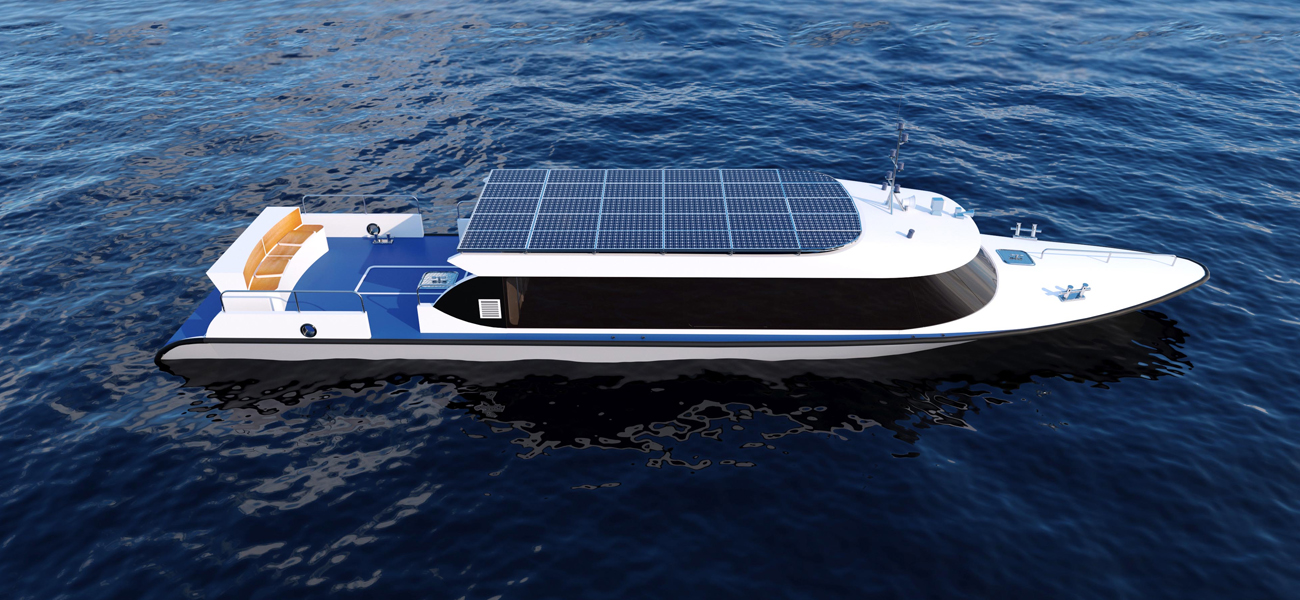
Life Span of Marine Battery
AGM batteries can just last to around 1k cycles. Moreover, you need to become persistent about not draining these batteries more than 50 percent so that they can be kept in a great form. A lithium battery’s lifetime is rather excellent. While discharging lithium batteries to 80 percent, we can anticipate them to keep on lasting for more than 2k cycles.
Increased Usable Amp-Hours
A lithium battery can be discharged 100 percent. To have more lifetime, it is a great thing to just discharge lithium batteries to 80 percent. Even after that, a 300-ampere-hr battery bank would simply supply us with 240 functional ampere-hrs, considerably greater than other kinds of batteries.
Both lead-acid and AGM batteries shouldn’t be discharged more than 50 %. Hence, we can just utilize 172 of them prior to requiring a charge, even if we possess a battery bank which supplies 345 ampere-hrs.
Steady Voltage
You have actually most likely observed the unsteady voltage if you have actually spent time on boats. Things are working out simply great till something new comes in, such as a microwave or fridge. The decorations and lights may dim slightly as a voltage drop occurs whilst the battery has a hard time powering the new thing.
Lithium batteries maintain more resting voltage, generally around 13.2 Volts as compared to 12.8 or 12.6 for a completely charged lead-acid battery. The resting voltage starts to lower when a lead-acid battery loses its charge. Then, naturally, there’s that extreme drop while installing an extra load.
A lithium battery’s resting voltage does not alter considerably irrespective of the amount it has actually been discharged or the load. So, this aids the devices to operate with greater efficiency. We might discover that they need a lower time or less amps to do the very same quantity of work.
We likewise will not require to possess any extra “starting” batteries. These lithium batteries have the ability to manage the hefty draw of an additional load.
Mass
We already understand how essential mass is on the boat. A heavyweight boat implies burning additional fuel to reach a location. Additionally, a very heavy boat is not safe. Once you are worried about the mass of your boat, lithium marine batteries look like a fantastic option. These batteries have 1/2 of the mass of lead-acid batteries and around a 3rd lower than AGM ones.
This mass cost savings does not even consider the variance in life span and usable ampere-hrs. You will need less lithium batteries to achieve the very same no. of usable ampere-hrs. This suggests that lithium batteries are not only lighter and smaller sized, but likewise, you will require less batteries to carry out the exact same task. The cost saving in mass (and area) simply keeps building up.
Preserve Their Charge
Apart from charging rapidly, the rate of self-discharge of a lithium battery is much less than that of the lead-acid ones. Due to the fact that it is not in usage, this is the amount of charge that a battery loses.
Quick Charging
Discharging lithium batteries more implies that we are going to wait for them to charge for a longer duration? Incorrect!
You might be acquainted with viewing a battery charge till 90 percent and after that take hrs to fill the remaining amount. This happens because of the battery’s internal resistance and the stages of charging. A lead-acid battery has a three-phase cycle. In the initial push, the battery quickly charges to 80 to 90 %. The 3rd stage includes a sluggish trickle charge which implies it frequently takes hrs for that part. You likewise need to totally charge these batteries every time to effectively protect their life expectancy.
Having lower internal resistance, lithium batteries avoid that sluggish absorb stage. In case you just have 1 hr readily available to charge a battery, you can get benefit from it.
No Upkeep
A lead-acid battery does not require much effort. You simply need to put water once in a while. When you shift to lithium batteries, your work is even more reduced. It is incredible that you need to do less effort to water the batteries.
Less Wasted Energy
A lithium battery can utilize and maintain about 99 percent of its energy. A new lead-acid battery loses around 15 percent of its energy because of resistance and other elements. As it gets old, the % of usable energy narrows down more.
Are Lithium Marine Batteries Best for You?
They really aren‘t as pricey as they appear as soon as you take into consideration the advantages of lithium marine batteries. These lithium batteries lose less energy, provide extra power, and last longer implying you need to purchase less batteries gradually. Additionally, they have a less mass and need lower amount of energy for charging. These factors make the in advance financial investment worthy for many individuals.
Are you prepared to switch to lithium marine batteries or lithium batteries? Have a look at our range of lithium marine batteries and lithium batteries to power your trips. Do you still have concerns? Do not hesitate to call us! We will be more than pleased to lay all your doubts to rest.
리튬 이온 RV 배터리 선택하기
도로 위나 캠핑장에서 고객의 레저용 차량은 실제 거주지와 멀리 떨어져 있는 집과도 같습니다. 그렇기 때문에 효과적인 에너지원을 보유하는 것이 필요합니다. 소비자에게 편안한 경험을 제공하기 위해서는 저녁 식사를 준비하고 레저용 차량에 조명을 제공하기 위해 지속적인 전력이 필요합니다.
리튬 이온 레저용 차량 배터리를 선택하는 것은 납산 옵션과 관련된 배터리 고장 및 기타 기계적 문제를 피할 수 있는 현명한 방법입니다. 그러나 중요하지 않은 지역 배터리 회사로 사냥을 제한해서는 안됩니다. 소비자의 요구 사항에 가장 적합한 레저용 차량 배터리를 발견하려면 국제 시장을 구성하도록 사냥을 넓히십시오.
전 세계 배터리 회사와 파트너 관계를 맺으면 대형 공급업체는 선택할 수 있는 재고가 많기 때문에 원하는 제품을 더 빨리 찾을 수 있습니다. 배터리 요금은 품질 차이로 인해 비교하기 어려운 경우도 있으므로 3~5년 보증을 제공하는 공급업체를 검색하세요.
리튬 배터리 시장을 둘러볼 때 대체품에 압도당하지 않도록 주의하세요. 마찬가지로 판매 대리점과 상담하여 구입한 배터리가 어떻게 생산되는지 알아볼 필요가 있습니다. 이는 리튬 이온 RV 배터리의 품질을 알아볼 수 있는 좋은 방법입니다.
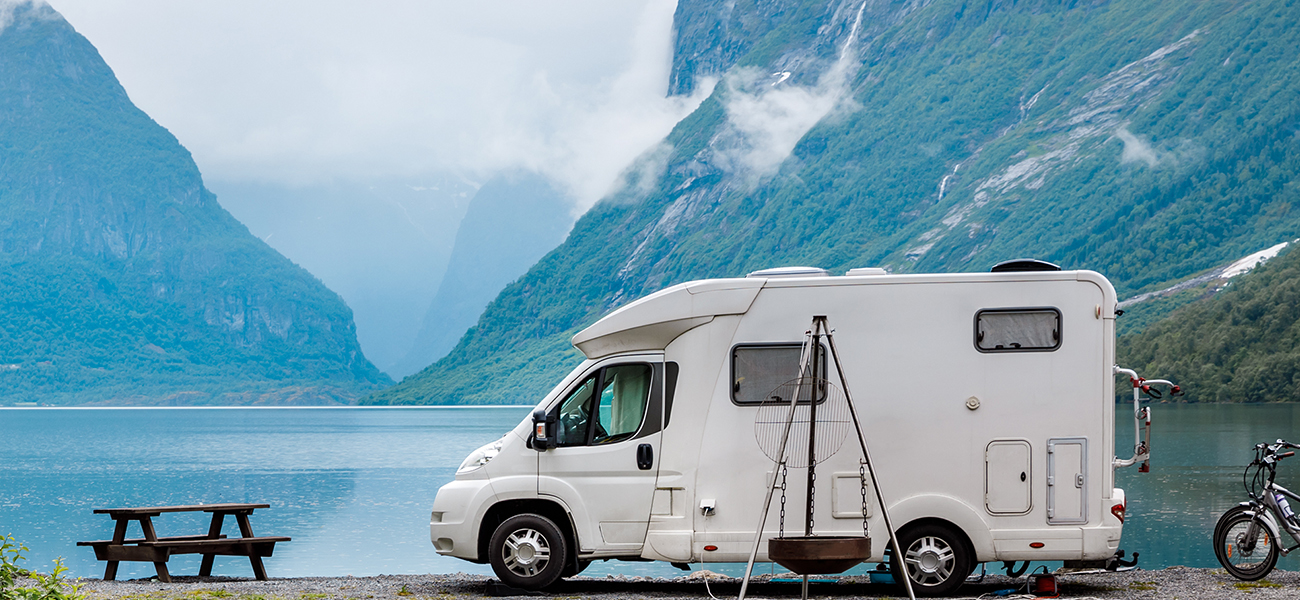
레저용 차량 배터리에서 검색할 수 있는 기능
소비자를 보호하기 위해 레저용 차량의 배터리는 비상 상황 발생 시 배터리를 차단하는 보안 기능이 포함되어야 합니다. 레저용 차량의 전체 DC 전기 시스템은 리튬과 호환되어야 한다는 점을 명심하세요. 소비자가 리튬 이온 레저용 차량 배터리를 과충전하거나 과도하게 방전할 수 없도록 해야 합니다.
적합한 경우 배터리 회로를 차단하는 에너지 관리 시스템을 통합하세요. 배터리 공급업체에 따라 이 기능은 배터리에 포함되거나 장치 번들의 일부로 제공될 수 있습니다.
소비자들도 마찬가지로 효과적으로 충전할 수 있는 배터리를 필요로 합니다. 리튬 이온 레저용 차량 배터리는 거의 100TP2T 효율로 충전하는 반면, 납산 배터리는 85TP2T 효율로 충전할 수 있습니다. 태양광을 활용할 때는 충전 효율이 특히 중요합니다. 레저용 차량은 지붕과 태양 전지판 보관 공간이 제한되어 있기 때문에 소비자는 태양 전지판에서 가능한 한 많은 에너지를 얻어야 합니다. 태양광에 의존하는 경우 85와 100의 % 충전 효율은 상당한 차이가 있습니다.
레저용 차량 배터리에서 검색해야 하는 다른 품질은 다음과 같습니다:
ü 경량
ü 기본 인버터 충전기와 호환
ü 기대 수명 연장
ü 더 높은 가용 용량
해외 시장에서 리튬 이온 배터리를 구매하는 것이 부담스러울 수 있지만, 신뢰할 수 있는 회사와 협력하는 것은 귀하의 사양에 맞는 최고의 레저용 차량 배터리를 확보할 수 있는 안전한 방법입니다.
최적의 재고와 특별한 시설을 제공하는 배터리 회사를 검색하세요. 잠재 소비자들이 최고급 리튬 배터리를 포함한 레저용 차량을 기대할 수 있다는 것을 이해하면 판매 능력이 향상됩니다. 지금 바로 연락하여 귀사의 레저용 차량에 적합한 고품질 리튬 이온 배터리를 확보하십시오.
전기 자전거 배터리를 위한 겨울철 팁
전기 자전거 배터리의 건강과 웰빙을 유지하는 것은 몇 년 동안 일상적인 라이딩을 즐길 수 있는 가장 편리한 방법 중 하나입니다. 실제로 배터리 수명을 연장하기 위한 일상적인 팁을 많이 공유해 드렸지만, 계절이 바뀌고 기온이 떨어지면 배터리를 올바르게 관리하는 것이 중요합니다.
전기 자전거의 사계절 기능을 최대한 활용하고자 하는 많은 라이더 중 한 명이라면, 쌀쌀한 계절로 접어들면서 명심해야 할 몇 가지 사항을 알려드립니다:
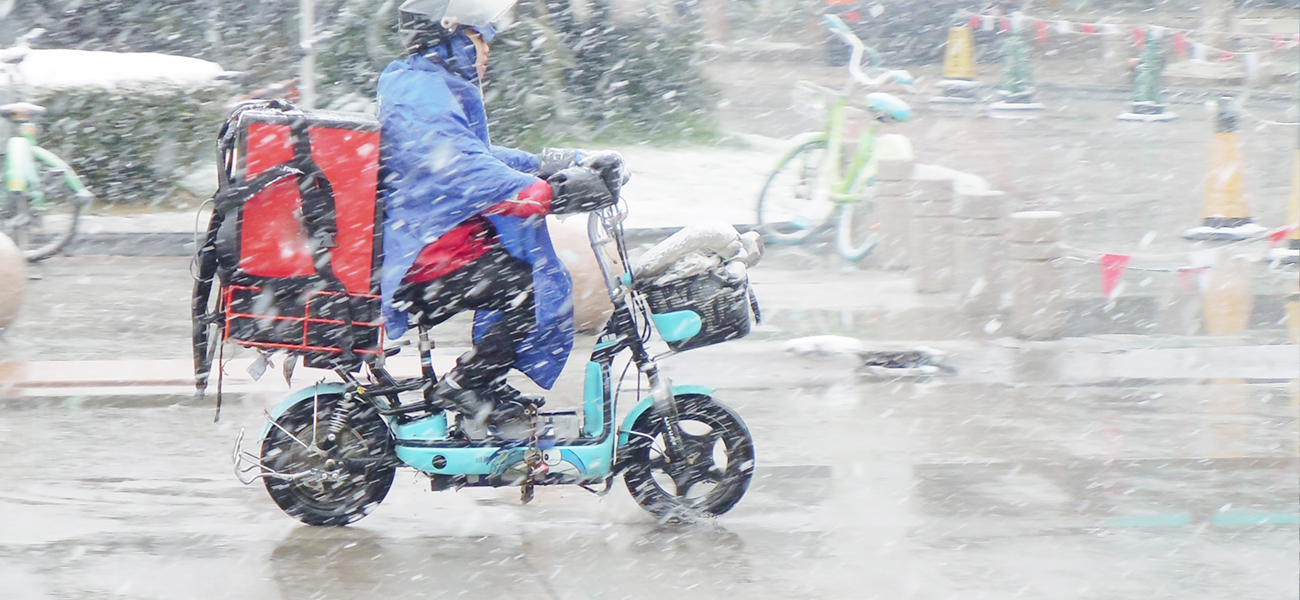
장기 보관을 위한 전기 자전거 배터리 준비하기
배터리 전기자전거를 2주 이상 보관할 경우, 약 75% % 충전 상태를 유지하고 매월 충전 상태를 확인하여 이 수준이 유지되고 있는지 확인하시기 바랍니다. 보관하는 동안 완전히 충전된 상태로 유지하면 주행 거리가 손실될 수 있습니다. 하루 이상은 걱정할 필요는 없지만 결국에는 충전량이 쌓이기 시작합니다.
전기 자전거 배터리를 안으로 가져가세요
자전거는 항상 영하의 완전히 건조한 곳에 보관하는 것이 좋지만, 여의치 않을 경우 배터리 전기자전거를 실내로 가져가 보관하세요. 전기자전거 배터리를 실내에서 충전하고 보관할 때는 50°F~77°F/ 10°C~25°C 사이에서 보관하세요. 그렇게 하지 않으면 보증이 무효화되거나 배터리가 작동하지 않거나 위험한 상황이 발생할 수 있습니다.
전기 자전거 배터리를 차갑지 않게 보관하세요
특히 얼음과 눈을 극복하는 데 도움이되는 팻 타이어 자전거가있을 때 활기찬 아침 라이딩보다 더 활기찬 것은 없습니다. 그럼에도 불구하고 기온이 영하로 내려가면 안장을 피하는 것이 좋습니다. 전기 자전거 배터리가 정상적으로 작동하도록 유지하려면 영하 4°C/영상 20°C 이하의 온도에서 자전거를 타지 마세요.
마지막으로, 배터리를 적시지 마세요
두말할 필요도 없지만, 배터리 전기 자전거나 전기 자전거를 물이나 기타 액체에 담그거나 담그지 않아야 합니다. 이후 r습한 환경에서 전기 자전거를 보관할 때는 모든 부품에 습기, 먼지, 이물질이 없는지 확인합니다.
